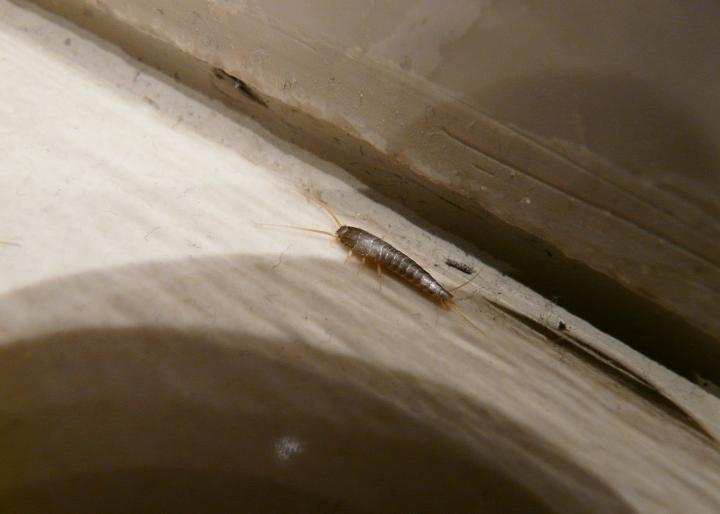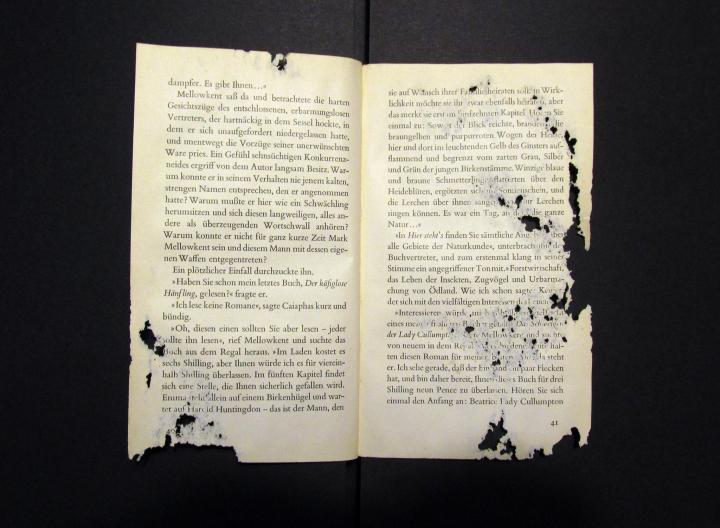
Prevent Silverfish Infestations in the Home
The Almanac Garden Planner - Use It Free for 7 Days!
Plan your 2025 garden with our award-winning Garden Planner.
ADVERTISEMENT
We've just come back to our home after 3 years away and these insects have eaten my carpets in patches under the curtains? Silver in colour, fish shaped ? Only carpets are damaged? I have only found the dead bodies and none alive. Carpet beetles perhaps?
Adult carpet beetles, which feed on pollen and similar, are tiny (about 1/16 to 1/8 inch) round beetles that are black to mottled brown/black. The brown larvae, also about that size and bristly, like to chew fabric. If the bodies that you see are silver and fish-shape, those sound more like silverfish, or possibly pillbugs or sowbugs (are they segmented?). Pillbugs/sowbugs feed on rotting wood. Silverfish are attracted to moisture and carbohydrates, and may sometimes feed on fiber, such as carpet, if their preferred food is not available. The fact that these insects are found under the windows might suggest some moisture around that area occurred at some point. Is there any evidence of past leaks from the window(s)? It may also be possible that the patches were indeed caused by carpet beetle larvae but also that moisture drew in the silverfish. You might check for more evidence of both pests. Various moth larvae (such as those from the common and case-making clothes moths) can also chew carpet. Carpet beetles can be one of the more destructive. Check for discarded shells, frass, cocoons, and other clues to help determine what insect might be the culprit. Hope this helps!
I had them in my garage and they were all over the place. Someone brought an old table they had kept in their garage and it was loaded with them. I put out Ant Baits the square ones and they all disappeared. I keep ant baits around windows and doors and I also use 20 mule team borax around openings inside the house, and it keeps all of the critters out or dead.
Do u know the name of the ant bates?
I’ve been saving bath water to water the yard, due to the drought, but have noticed, and killed a couple Silverfish, which were attracted by the humidity from the tub of water left overnight. I always empty the tub the next morning, but maybe I will start to empty it sooner, so as not to attract them. I live in a cement building, they must climb up the walls from the ground.
Yes, silverfish love web bathtubs as they seek moisture. Drying off the bathtub after using it the night prior is the best way to keep silverfish away. You may wish to keep the water in a sealed container.
We have recently been getting silver fish on our carpet upstairs and today one big one was crawling in our sofa, this is the second time we seen one on the sofa (which seems strange as they like dampness) What can we do to get rid and keep them away?
Our "monsoonal moisture" near the beach in summertime SoCal brings legions of cockroaches into my house, along with ants and spiders. A pest control company has placed ant traps and sticky boxes for roaches and other intrusers inside the house and sprayed something toxic around the exterior foundation. This is week six and the ants have disappeared, but the roaches are still in evidence -- living, dying and dead -- and they are a huge, disgusting, always horrible surprise in the night when I switch on a light and walk into a previously darkened room. No form of extermination is too cruel for these gross pests, and anyone here who thinks otherwise must never have had an infestation. The only issue is: does it work?
I used borax mixed with flour and mixed it in one of those plastic ketchup bottle from the dollar store and put it inside my cabinets, corners of my rooms, under sinks, coming in and out of my home and I no longer see bugs (I live in FL). Remember when you put it down only do a light dusting, you want them to walk in it and take it back to where there are others. Good Luck!
I lay a long thin line of regular iodized table salt in the area where I found Silverfish. The Silverfish eat this and it kills them. I have to keep a constant watch for the criter. I do have a lot of humidity in my house.












